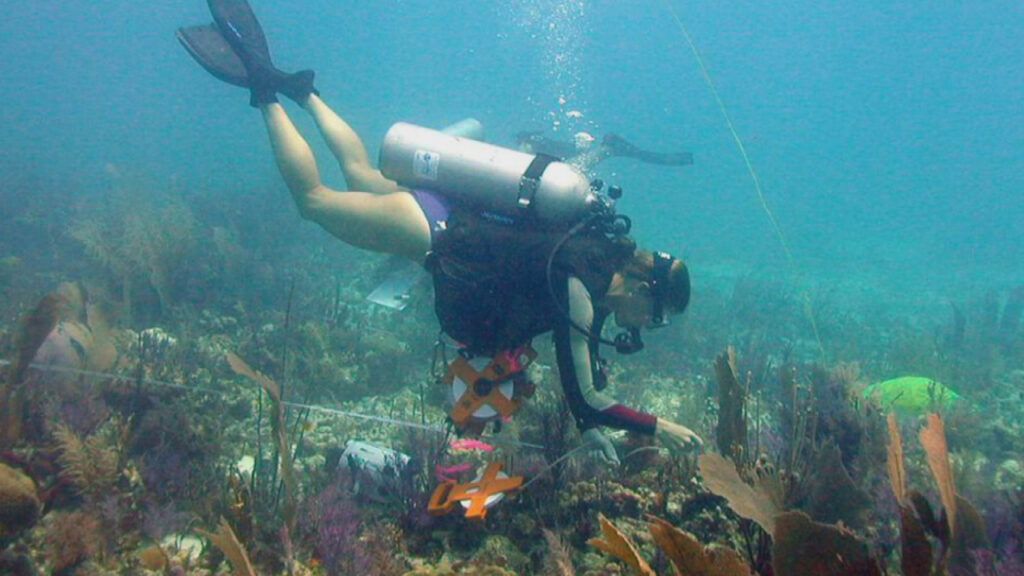Newsmatro

A group of skilled archaeological divers recently made a significant discovery of human remains in the deep waters near the picturesque Mediterranean island of Malta. The remains were found at the site of a crashed U.S. WWII bomber, which had sunk in May 1943. This discovery holds great historical importance and is expected to provide new insights into the events surrounding the crash.
The retrieved body has been identified as Air Force Sgt. Irving Newman, originally from Los Angeles. He was part of a 10-man crew on a B-24 Liberator plane involved in a bombing mission targeting the Reggio di Calabria harbor in Sicily in 1943.
During the mission, the bomber encountered engine trouble, forcing it to deviate from its intended course and fly into enemy anti-aircraft fire. As the situation worsened, the aircraft headed towards Malta, which served as an emergency landing site for troubled planes. However, the bomber lost power and caught fire as it approached the island. While nine crew members managed to survive the crash landing on the water’s surface, they were unable to rescue Newman, who had been wounded by anti-aircraft fire. The aircraft sank rapidly, taking Newman down with it.
“The plane began experiencing engine trouble, forcing the pilots to make a course correction away from the main bomber group, directly into enemy anti-aircraft fire,” explained the Defense POW/MIA Accounting Agency (DPAA). “During an emergency landing, the plane caught fire and crashed into the water near Benghajsa Point, Malta.”
The plane flipped upside down upon impact, with the tail sinking before the nose. The wreckage now rests one mile off Malta’s southernmost point at a depth of 190 feet.
The University of Malta initiated a search for the sunken bomber wreck in 2015 based on historical accounts of the 1943 crash. In 2016, the wreck was successfully located using side-scan sonar technology, enabling the creation of detailed 3D models from photogrammetric images captured by autonomous underwater vehicles.
Divers were dispatched to the crash site to recover human remains, life support equipment, and other artifacts. The DPAA later confirmed the identity of the retrieved remains as those of Air Force Sgt. Irving Newman.
The excavation of Newman’s remains proved to be a challenging endeavor due to the extreme depth of the dive. The recovery team employed advanced breathing gases containing higher levels of helium and oxygen, as well as “rebreather” technology designed to recycle gases while removing carbon dioxide. Despite these measures, the divers could only work on the wreck for a maximum of 45 minutes per day. The recovery effort spanned two months, with diving activities conducted in both 2022 and 2023.
Timmy Gambin, a maritime archaeologist at the University of Malta who led the dive recovery team, emphasized the dedication of his team members, stating, “The entire time we were working, the whole team wanted to go the extra mile to bring this boy home.”
The DPAA has yet to determine the time and place of Sgt. Irving Newman’s burial. No photograph of Newman has been provided at this time.